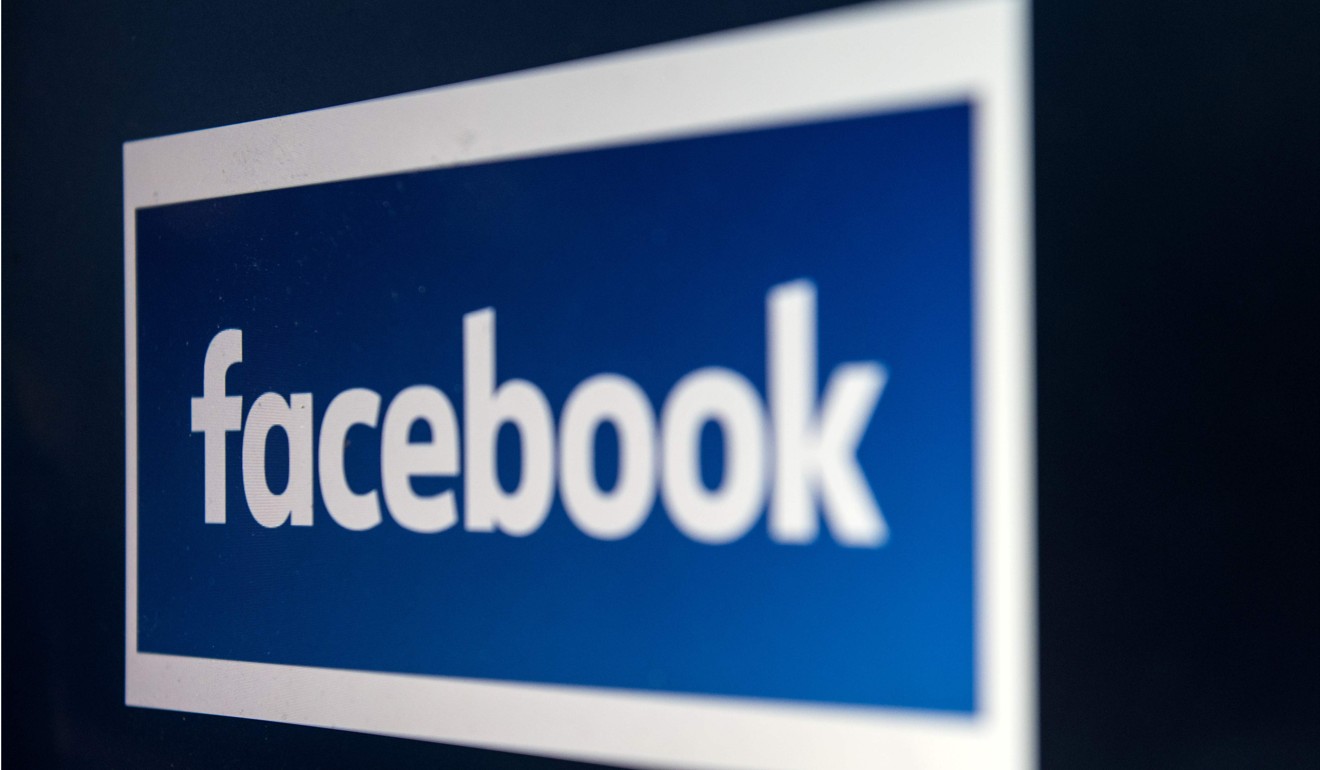
Spotify’s IPO was a success. Never mind that it’s a loss-making company
Stephen Vines says while most companies go to market to raise money, with its DIY listing on the New York Stock Exchange, Spotify is asking the market to be a loss funder. That’s far from unusual in hi-tech stock listings
One of the many things that the big investment banks never saw coming was do-it-yourself IPOs but, as this month’s successful listing by the music streaming company Spotify Technology SA has shown, it most certainly can be done.
Basically, DIY listings involve launching an initial public offering without underwriters, depriving investment banks of mouth-watering fees and the power to set an opening price.
Also absent from this launch were the company’s founders, who are generally to be found bell-ringing and beaming on first trading days.
Meanwhile, the New York Stock Exchange took this opportunity to demonstrate the challenges it faces as an international capital-raising centre by briefly raising the Swiss flag to celebrate the Swedish company’s debut – they got it right in the end.
And to get trading under way, the NYSE set an opening reference price for Spotify at US$132, based on pre-IPO price level shares for private trades. Thirty million shares changed hands on the first trading day. An immediate buying spree took the price to US$165.90, settling at US$149.01 by the end of the day, thus valuing the company at a staggering US$26.5 billion – not bad for a business which remains loss-making.
Besides money saving, what are the other advantages of a DIY IPO? First up is the obvious advantage of speed and flexibility.
Then there is the matter of equal access, because, unlike conventional IPOs, an underwriter-free launch means that the banks cannot make preferential share allocations.
The market for the shares is therefore laid out on a level playing field and, as there is no lock-up for existing shareholders, this kind of listing ensures far greater liquidity. The result of this for the Spotify IPO was that some 91 per cent of the shares were tradeable, an unthinkable percentage in normal IPO conditions.
The downside of doing away with a lock-up period for pre-IPO shareholders is, as the Spotify prospectus warned, that new shareholders are more vulnerable to volatility.
IPO sponsors typically manipulate the market to achieve certain price targets but in the Spotify listing, the market was truly determined by, yup, the market. As the company put it: “It is our belief that the wisdom of crowds trumps expert intervention”.

One criticism of this IPO, however, is that Spotify has gone to the market for no apparent reason. It really does not need the floatation’s proceeds as it is sitting on a cash and securities pile totalling some US$1.3 billion, it has not converted any debt into equity for the purposes of the listing, and, at the time of the listing, had a positive cash flow.
Spotify is far from being alone among hi-tech floatations in coming to the market with no specific purpose for raising money. If there is a reason for floating the company, aside from allowing the founding shareholders to cash out, it lies in the need to cover losses that are mounting. Last year, Spotify’s losses totalled €1.24 billion (US$1.5 billion), more than double the €539 million loss in 2016 and €230 million the year before that.

Hi-tech listings have transformed the whole purpose of stock markets, which originated in the 19th century mainly to finance railways. As these markets developed, the scope of funding quickly expanded but, in all cases, investors were asked to put their money into specific projects with heavy capital requirements.
Nowadays, specific projects are far more likely to be funded by either loans or privately raised capital, often leaving stock markets to act as loss funders where investors follow an idea in the cheerful expectation that it might bear fruit. The extent of their good cheer is seen in the way that bottom lines are disregarded and lack of profitability is readily accepted.
In many ways, this is not that different from what became known as railway mania, which had investors scrambling for a share of the next best thing, leading to a glut of railway offerings and the inevitable bust when it became clear that all these companies could not possibly make money.
Maybe things have not really changed that much, except for investment bankers who could be shut out from the fun, an eventuality that is most unlikely to provoke universal distress.
Stephen Vines runs companies in the food sector and moonlights as a journalist and a broadcaster

